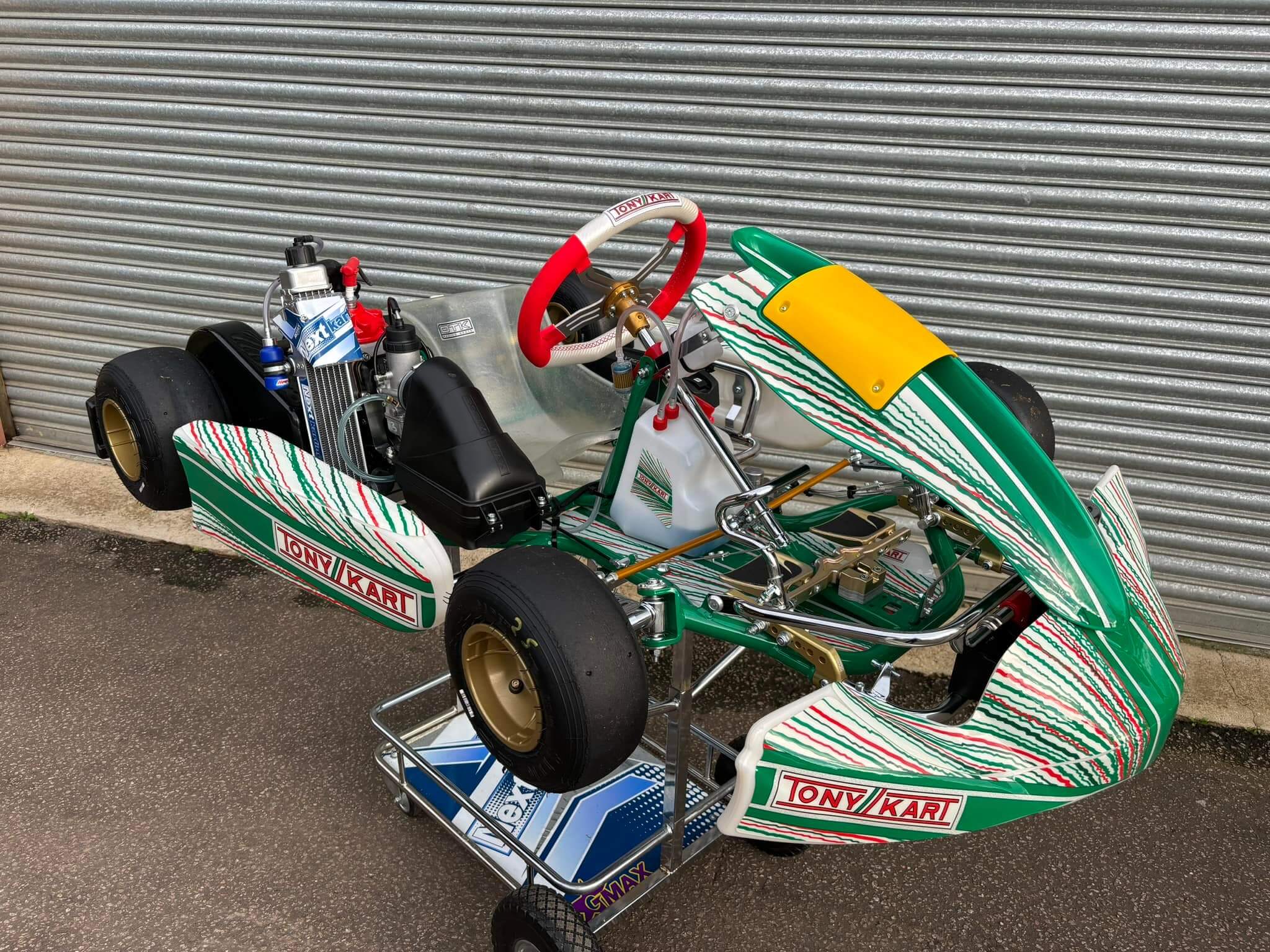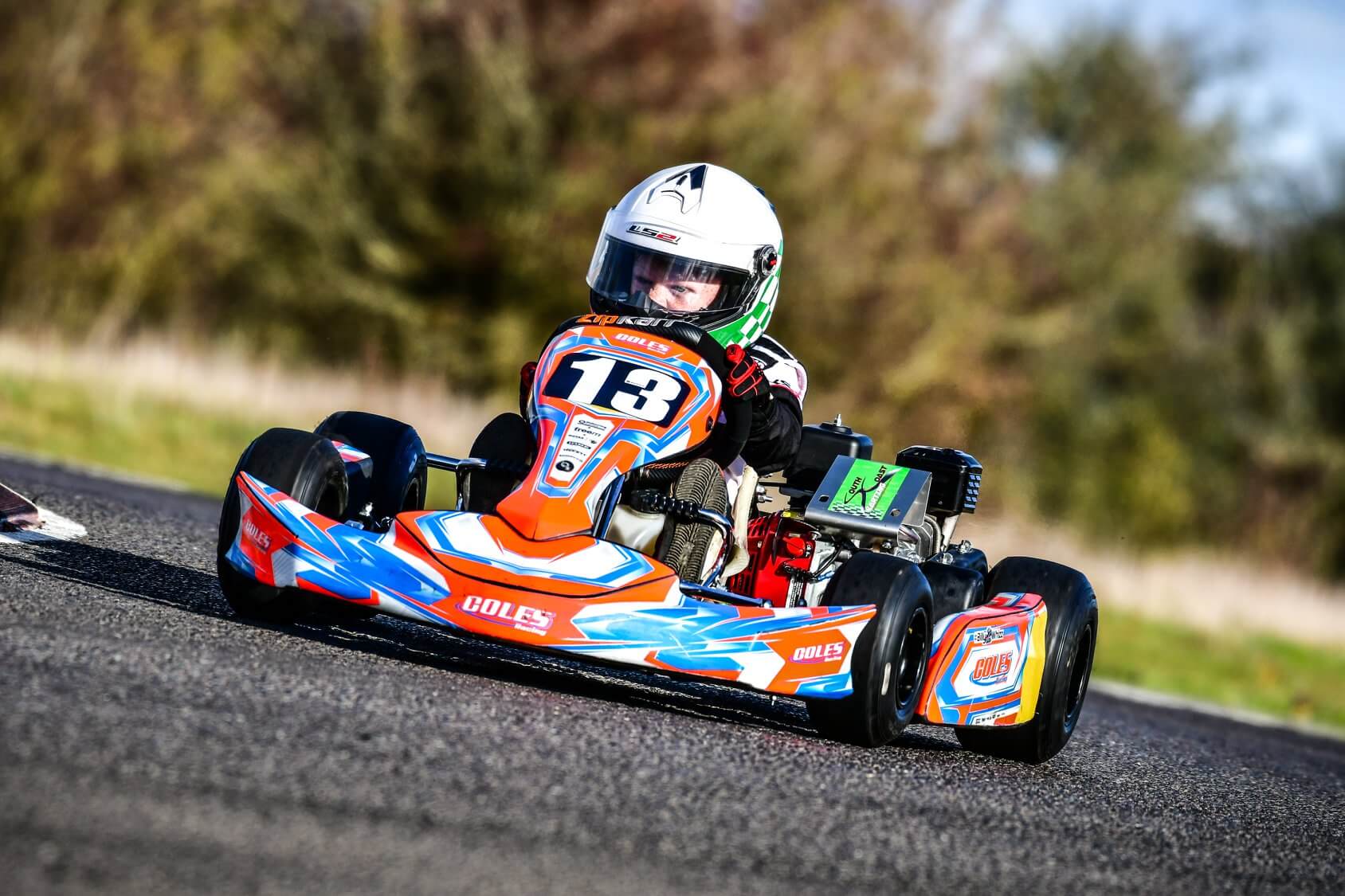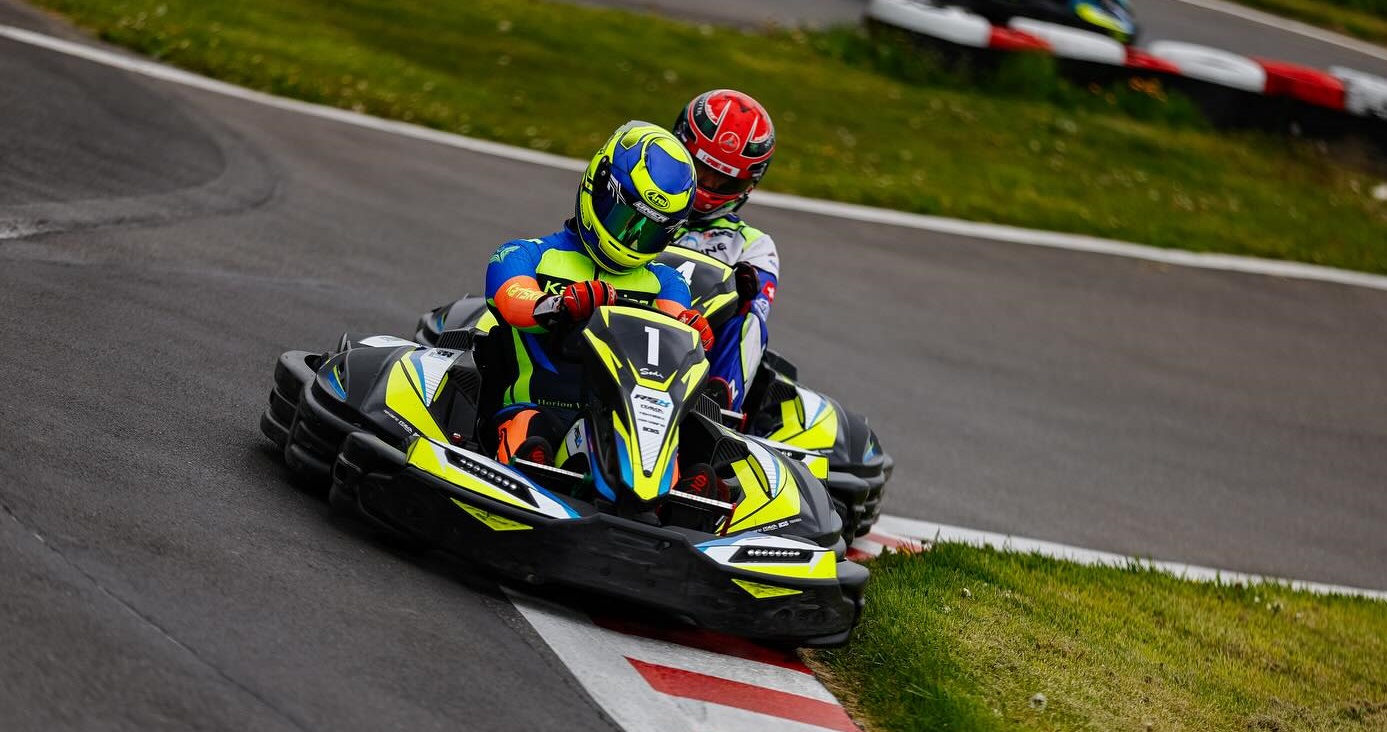What is the budget required to drive a competitive kart ?
By RobinB on 22 April 2025 KartingYou've tried rental karting and want to take it further? 😋
Thinking about buying a 2-stroke racing kart to drive your own equipment? Great idea: when it comes to feeling, freedom, and progression, karting offers an unbeatable fun-to-cost ratio 🤩
But before diving in, there's one question that comes up often: what kind of budget should you expect to regularly run a racing kart? 🤔
In this article, I’ll give you a full overview. We’ll go over the initial expenses (kart purchase, gear, trailer, tools…) and the ongoing costs like track fees, maintenance, consumables, potential breakages… Everything you need to get a clear view and confidently jump into the adventure 💥
Rental kart vs. racing kart: what’s the difference?
Rental karts are usually sturdy 4-stroke machines, equipped with 270 to 390 cc engines, delivering between 9 and 15 horsepower. They weigh between 130 and 160 kg and reach a top speed of 70 to 80 km/h. Their very stiff chassis makes them fairly insensitive to setup changes, which means they’re not very responsive. Perfect for discovering karting safely, but quickly limiting if you're looking to improve 😐
Also see : "Sodi World Series (SWS): The global competition dedicated to leisure karting"
By contrast, a racing kart like a Rotax Max 125 weighs around 80 kg ready to drive, can rev over 14,000 rpm, and hit 110 to 130 km/h depending on setup and track. It delivers about 30 horsepower, more than double the power of a rental kart, which totally changes the game in terms of acceleration and responsiveness. The chassis is way more agile, the tires provide much better grip, and every corner becomes a real driving challenge. Acceleration is sharp, the steering ultra-direct… and the sensations are on a whole other level 🚀
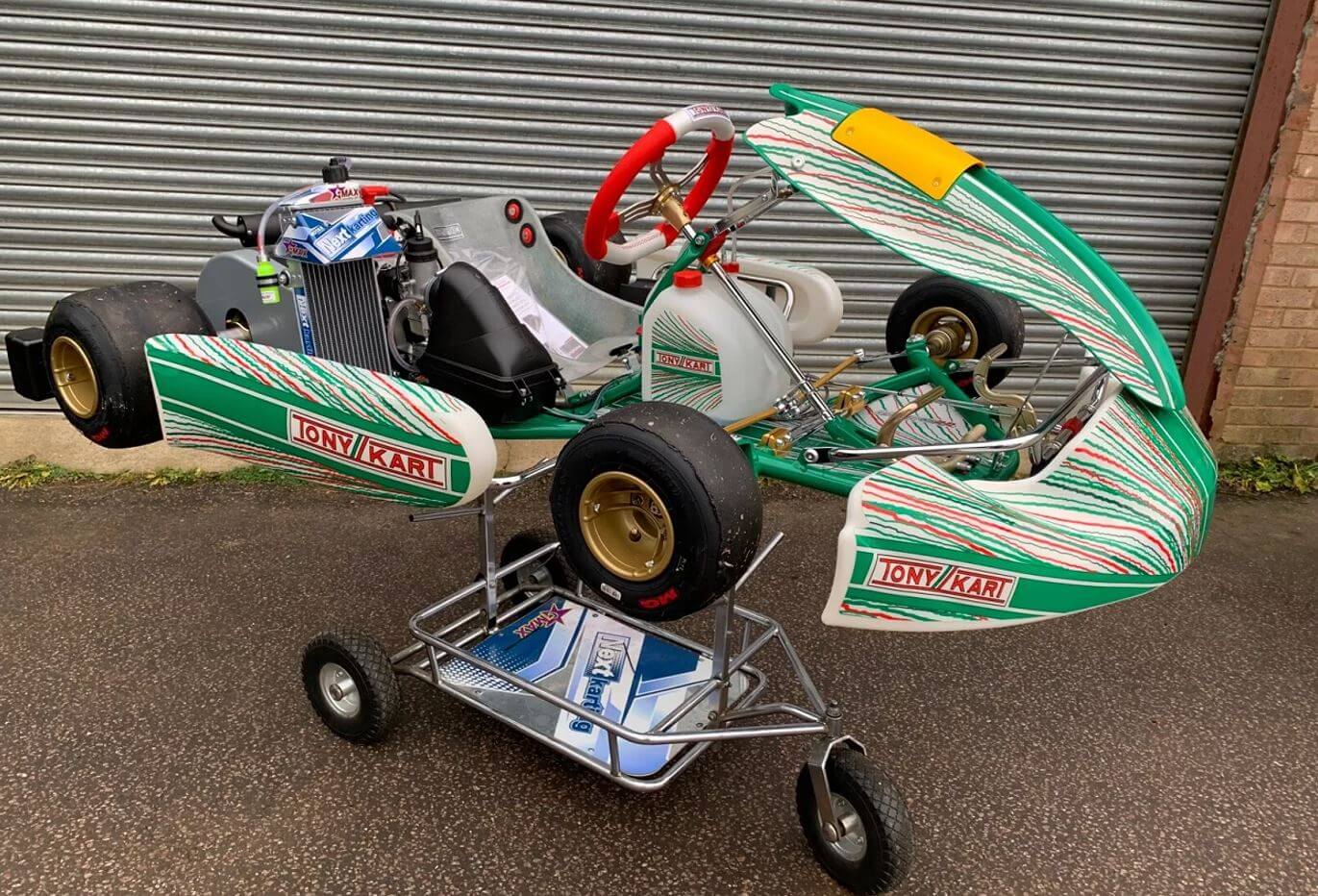
When it comes to maintenance, a racing kart requires more involvement: monitoring wear, maintaining the chain, engine servicing… But it’s all manageable. For hobby use, an engine like the Rotax Max usually needs a top-end rebuild every 25 hours (piston, rings...) and a full rebuild, including the bottom end, around every 50 hours. When well maintained, this engine offers an excellent balance of reliability, running costs, and performance, making it a smart choice for non-competitive driving 👍
Rental karting is a great starting point. But for those who want to drive more often, customize their gear, and truly improve, a racing kart makes all the difference. And contrary to popular belief, it's not just for the elite 🙏
👉 Note: this article focuses on recreational use. As soon as you move into official competition, the requirements and budgets can rise quickly 🤑
Getting equipped to drive a racing kart for fun: how much does it cost?
Getting into racing karting means a bit of upfront investment, then learning to manage the ongoing running costs.
📝 The basic gear to buy
Here’s a checklist of everything you need to get started with the right gear:
- Used 125cc kart (Rotax Max): €1,500 to €3,000. The Rotax Max is a solid choice to start with: reliable, widespread, high-performing, and relatively easy to maintain. Avoid models like the DD2 (two-speed) or KZ (manual gearbox) at first — they’re more expensive and demanding. On the flip side, for tighter budgets, you can find simpler models like KFS, which are enough to have fun at a lower cost.
- Trolley: €100 to €400, depending on the model (manual, foldable, winch-operated…).
- Used trailer: €300 to €1,000. Optional if you have a van or modified estate car.
- Basic tools: €200 to €300 (tire pressure gauge, wrenches, tire changer, environmental mat, battery charger...).
- Fuel mix accessories: ~€100 (metal jerrycan, oil measuring cup, funnel, graduated fuel jug with spout...).
- Full driver gear: €400 to €1,000 (helmet, balaclava, suit, gloves, boots, rib protector).
👉 Estimated budget: between €2,500 and €6,000 for a full ready-to-drive package.
💡 Note: if you already have a trailer or a suitable vehicle to transport the kart, this starting budget can be lowered.
Pro tip: in the used market, some drivers quitting the sport sell complete bundles with kart, trolley, spare parts, trailer, and sometimes even driver gear. These sets can be a great opportunity to get started while saving time and money.
➡️ Check out the karting ads for sale on GoToTheGrid
Also see: "Buying a used go-kart: prices and advice"
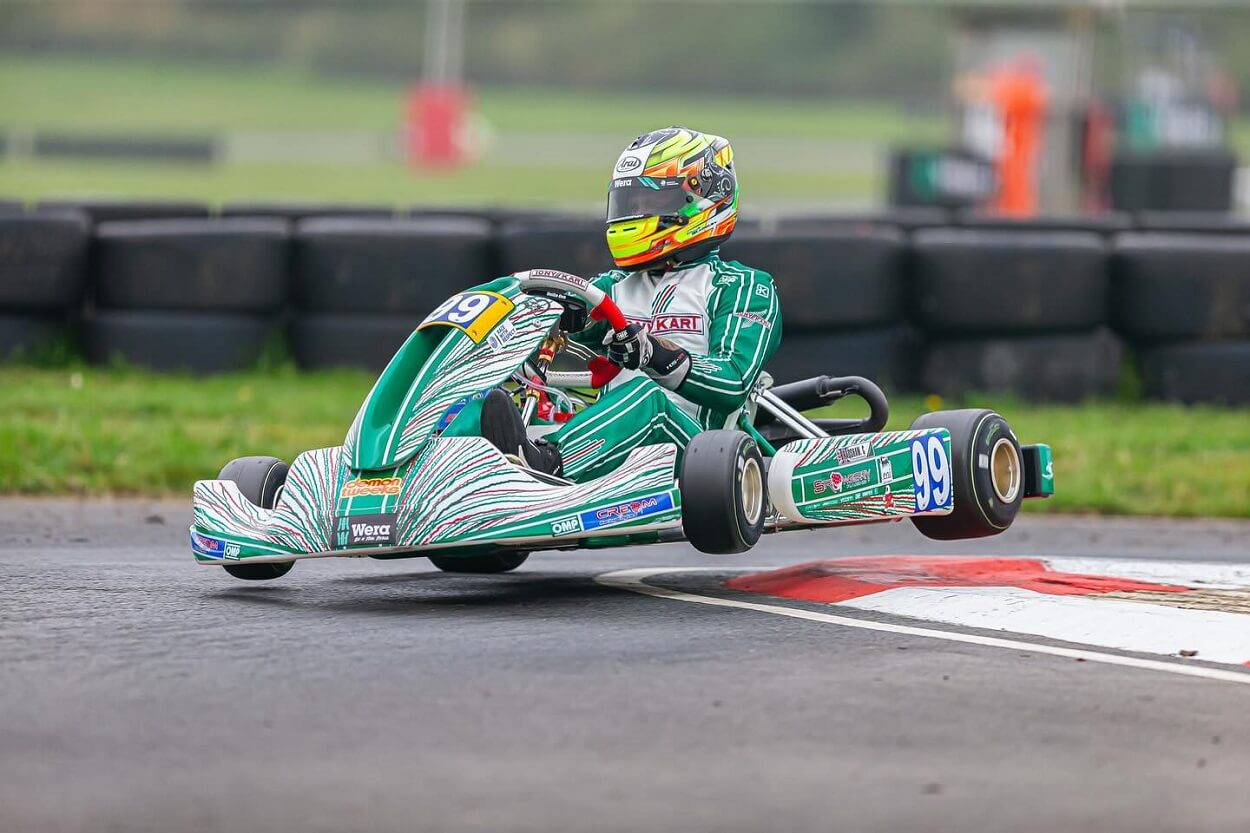
💸 The cost of a recreational karting season: recurring expenses
Here’s a budget estimate for maintaining and using your kart for fun, based on a realistic scenario of 2 track days per month over 11 months — about 22 sessions a year, which is already a solid pace for recreational use! 😎
The end of the year is usually less favorable for karting: between the holidays, cold weather, and track closures, December tends to be a quiet month 🥶
On average, one track day equals about 1.5 hours of actual driving, meaning roughly 33 hours of track time per year.
🗓️ Yearly budget for driving twice a month
👉 Estimated total: between €2,000 and €3,000/year, depending on your driving frequency and performance goals. For fun use, if you do the light maintenance yourself, expect roughly €70 per driving hour.
🚗 Don’t forget travel costs: fuel, tolls, or even accommodation if tracks are far. These can quickly become a big part of your budget if you visit multiple venues.
💪 Good to know: some tracks offer storage options (€50 to €100/month) or even maintenance services. Handy if you don’t want to wrench yourself… but include it in the budget.
🚑 Tip: always set aside a bit for unexpected costs: off-track excursions, breakage, breakdowns… Even in recreational karting, stuff happens! 😁
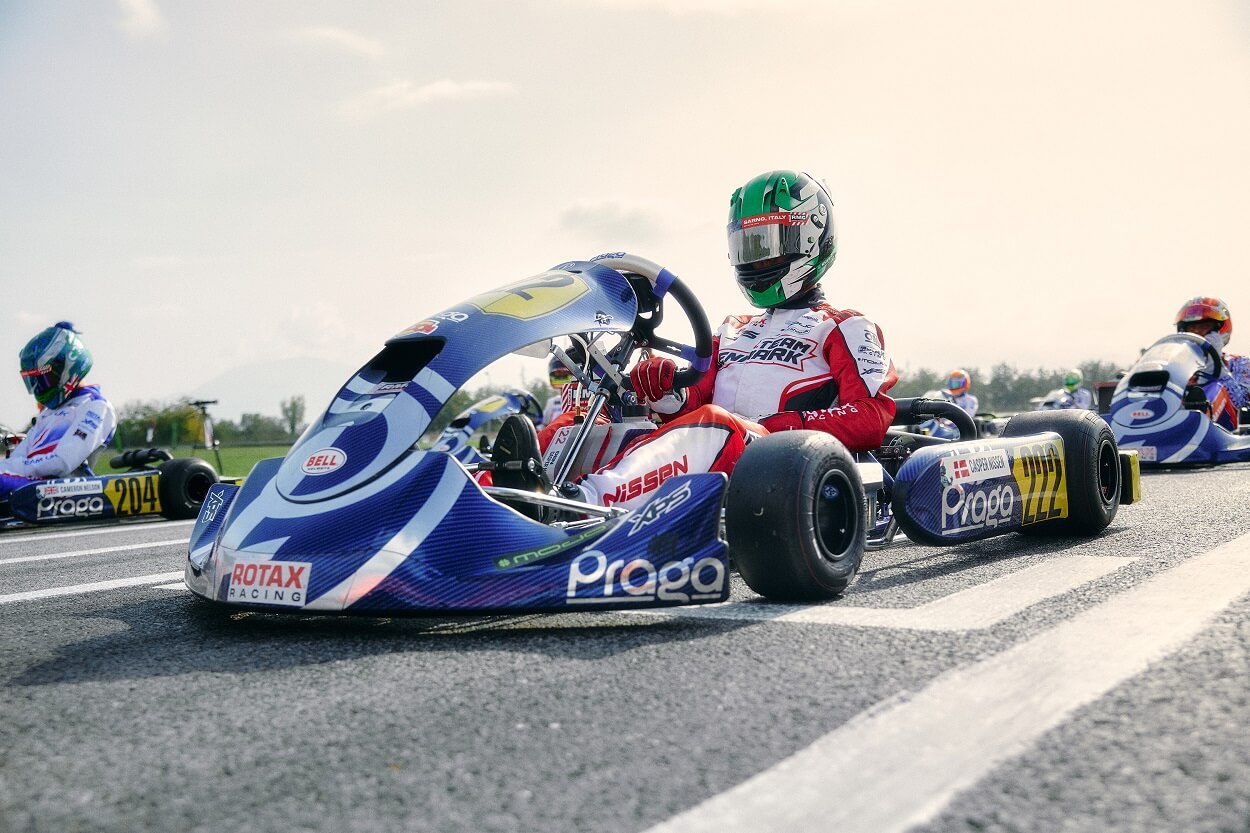
Some useful tips to start off right with a racing kart
Engine choice
Rotax Max Evo
Known for its reliability and wide availability, the Rotax Max Evo offers an excellent performance-to-maintenance ratio. It’s ideal for frequent use without spending all your time in the workshop. Parts are easy to find, the engine base is solid, and it's perfect for regular recreational driving.
IAME X30
Also very popular, the X30 delivers a more aggressive character, especially at high revs. Maintenance is a bit more technical (especially carburetion tuning), and rebuilds are needed a bit more frequently than with a Rotax. It’s often slightly more powerful, but also more expensive to run over time.
🔍 Other engines to know
KFS (Vortex 125cc or older IAME 100cc engines)
KFS karts were historically powered by air-cooled IAME 100cc engines. More recently, they’ve used water-cooled Vortex 125cc engines. These engines are less powerful and less widespread than Rotax or X30. However, they’re also simpler and cheaper to maintain. That makes them an interesting option for enjoying karting on a tight budget. That said, in recreational use, you might find yourself a bit alone and off the pace performance-wise.
KZ (125cc gearbox)
KZ karts are pure racing machines with 6-speed gearboxes and very high performance. They deliver an incredible experience but require more advanced driving skills and much stricter maintenance (clutch, gearbox, brakes, tires…). Best suited for experienced drivers.
Rotax DD2
The DD2 is a two-speed Rotax engine with direct drive (no chain). It sits between a Rotax Max and a KZ in terms of feel. Reliable and fast, but more expensive to buy and less common for recreational use. The chassis is specific to this engine.
💡 Summary
- To start out for fun, a Rotax Max or possibly a X30 is often the best compromise.
- If you’re on a tighter budget, KFS karts can be a good alternative.
- If you’re after more performance and ready to handle the upkeep, KZ or DD2 are options… but it’s best to have some experience first 😉
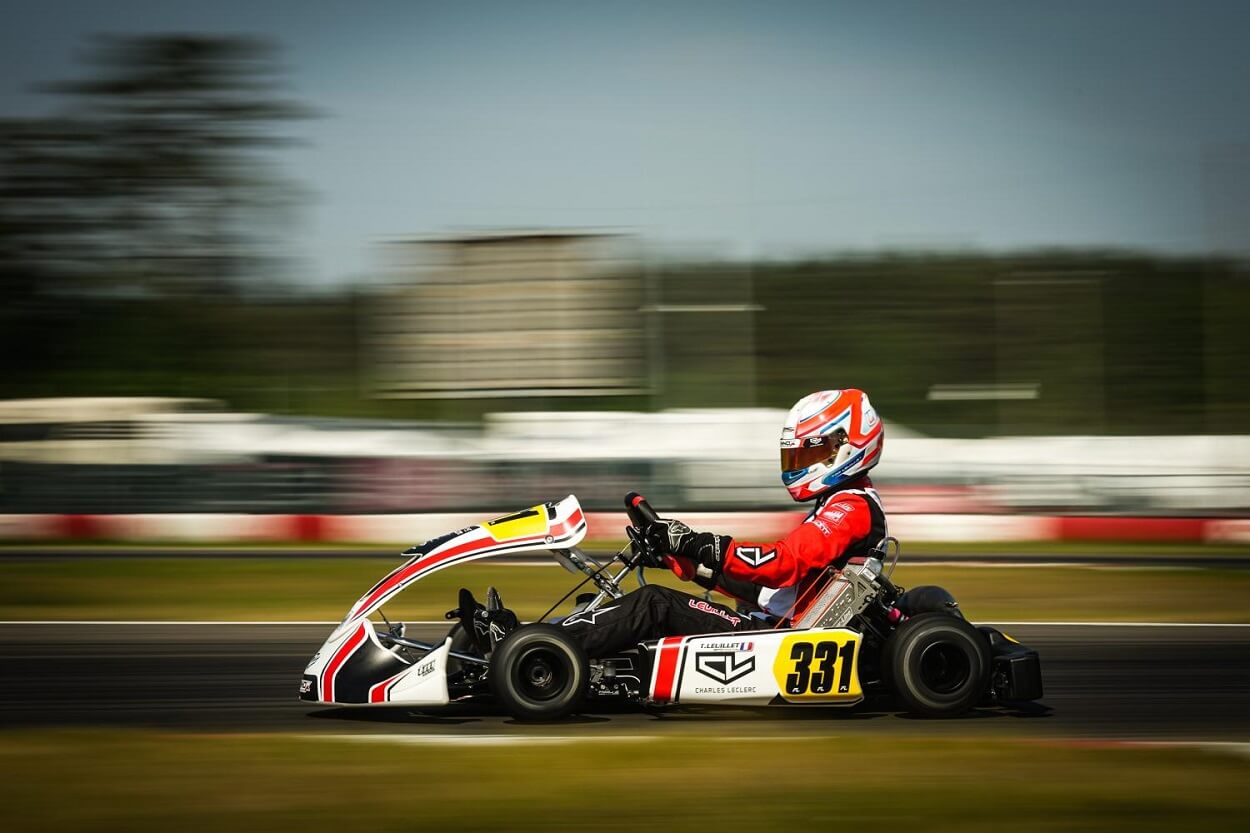
Chassis choice
- General condition: When buying a used chassis, carefully inspect the welds, the underside (signs of wear or scrapes), and overall alignment. A bent or patched-up frame will quickly lead to problems.
- Parts availability: Choose a well-known brand (like Tony Kart, Sodi, CRG, Birel, Alpha Karting…), especially if they’re common at the tracks you visit. You’ll find spare parts, advice, and setup help more easily.
- Engine compatibility: If buying the chassis separately from the engine, make sure they’re compatible (engine mounts, brakes, wheelbase…). Most chassis are universal, but it’s best to double-check for a Rotax, X30, or others.
- Chassis generation: A chassis that’s too old (over 10 years) might be outdated, even for fun use. Better to go for a more recent model, even if it costs a little more.
Tire choice
- Tire compounds: Endurance or used tires are perfect to start without blowing your budget. They can sometimes last 8 to 10 hours of driving with decent grip. If you want to improve or aim for lap times, softer tires offer more grip but wear out much faster.
- Tip: After races, some usable worn tires are often left around the paddock. A good way to save money — just be sure to check their condition.
Useful accessories
- Telemetry systems: An Alfano or Mychron on the steering wheel helps you progress quickly. You can track lap times, engine RPM, water temperature, etc.
- Trolley or foldable kart stand: A must-have if you're riding solo. It lets you move the kart around without a struggle.
- Other handy extras: a proper fuel can (like a metal jerrycan), basic tools, a tarp or pop-up tent to protect your gear.
Also see : "Complete karting checklist: the list of essential equipment"
What racing karting really makes you feel 🚀
Beyond the numbers and gear, racing karting gives you unique sensations. You drive faster, brake harder, and feel every corner. Even at a moderate pace, the thrill is there.
It’s physical, intense, sometimes loud — but above all, incredibly fun. It’s an accessible discipline that demands commitment, and that’s exactly what makes it so rewarding.
And if you’re looking for an activity to clear your head on the weekend and reconnect with the pure joy of driving, you’ve clearly come to the right place 💪
Also see : "Superkart: The world's fastest kart!"
Conclusion
Racing karting, even for fun, remains one of the most affordable ways to live your passion for motorsport. You learn to drive, to maintain your machine, to improve at your own pace… and to share it all with a real community of enthusiasts.
It’s a sport that requires dedication, but it gives back a hundredfold. If you love driving, tinkering, learning, and challenging yourself without blowing your budget, then racing karting might just be what you’re looking for.



